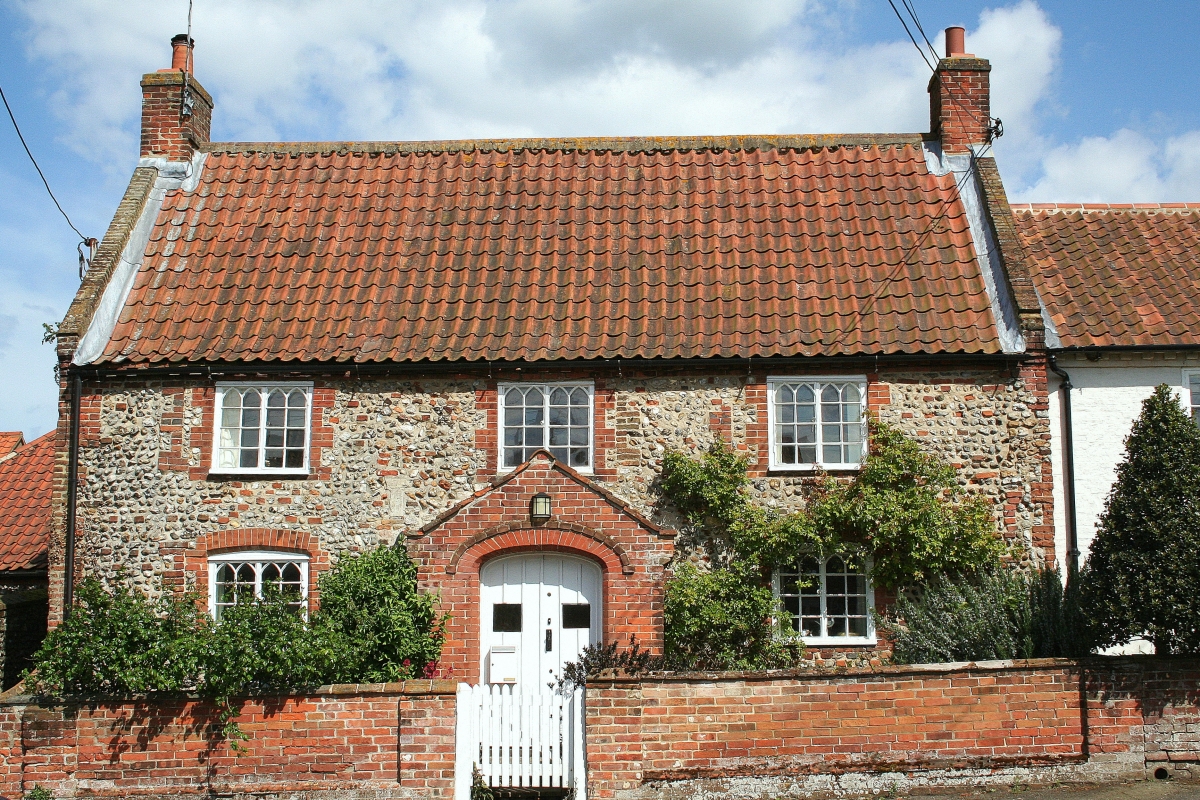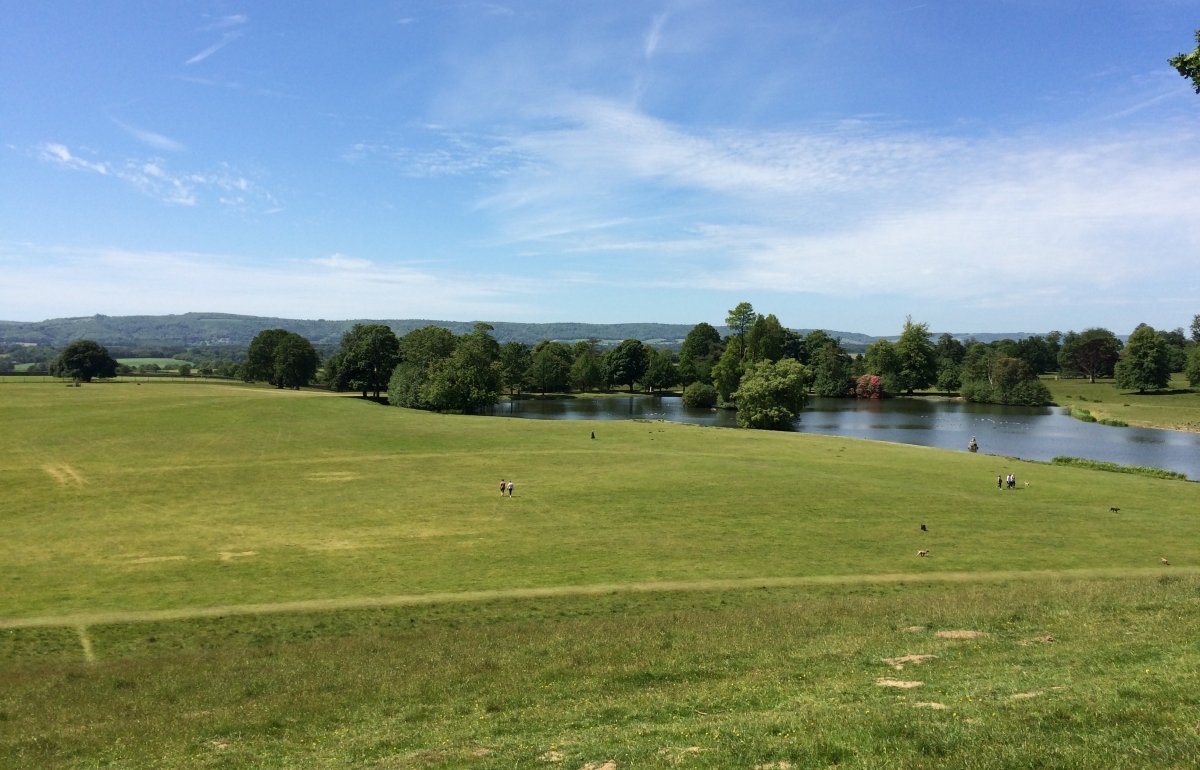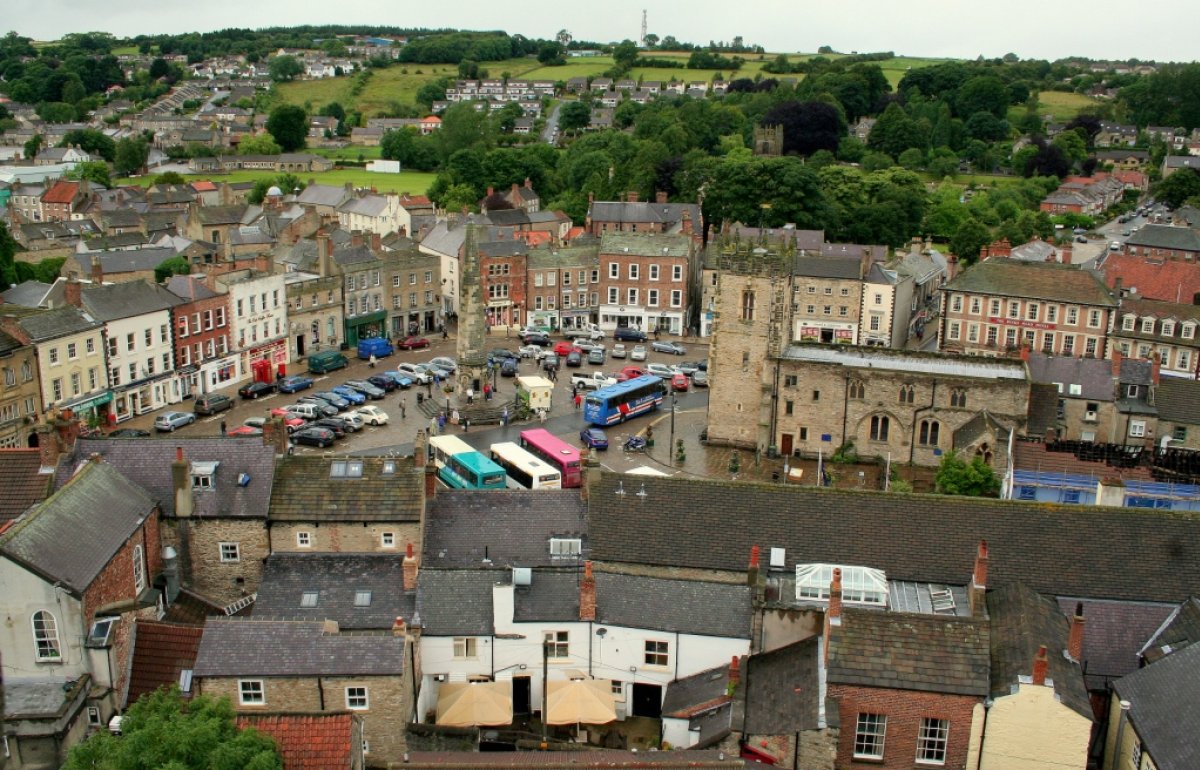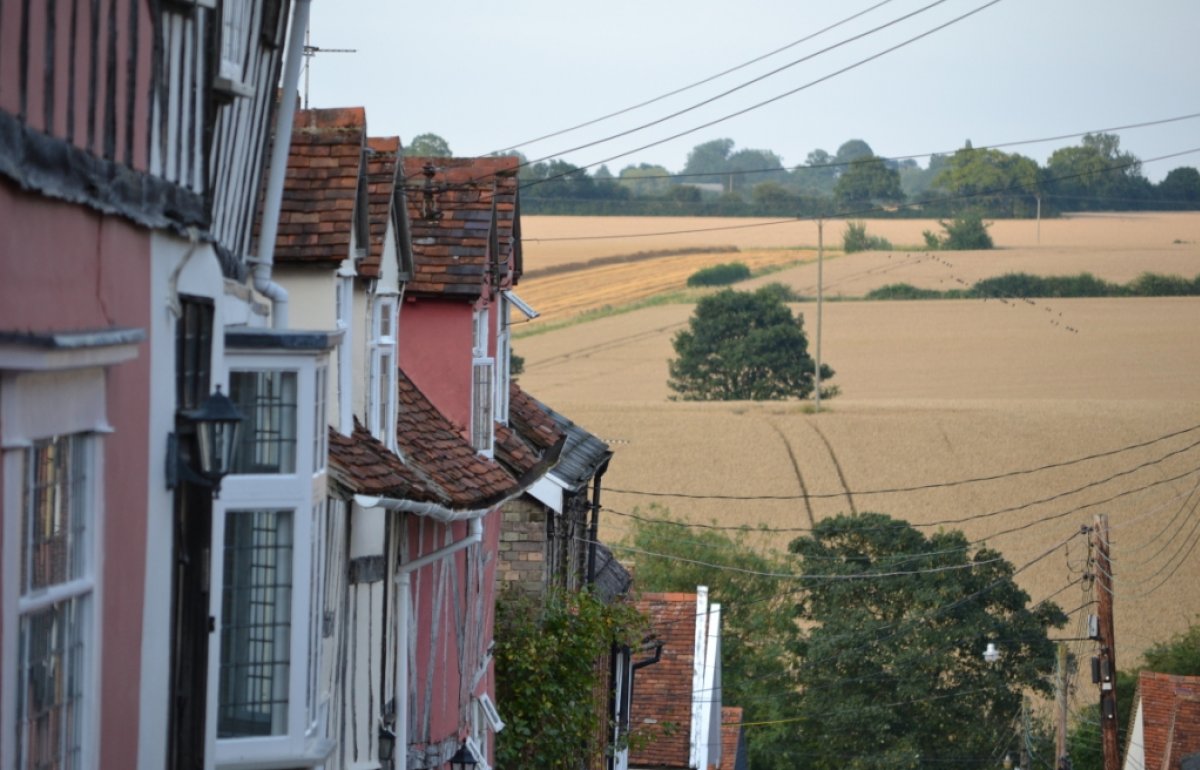Buying an old building
Are you thinking of buying an old building for the first time? While we warmly encourage people to make an old building their home, it’s easy to be swept away by romance. Here we offer a checklist of key considerations to help potential buyers make the right choice – both for themselves and for the building of their dreams.
Making Your Choice
Think with head and heart
Old buildings are more than a space in which to live. If all that really interests you is location or floor area, an old building is unlikely to be right for you. If, however, you appreciate style and character, and are keen to embrace the quirks and idiosyncrasies of an old building, the potential rewards are great. Nevertheless, a balance must be struck between emotional and practical considerations: you may love it, but can you afford it, reach your place or work, or live with such things as low ceilings?
Compromise to get what you want
For the majority of buyers, historic interest is a desirable factor but not the key. If your number one aim is to live in an interesting old building, but your means are limited, compromising on other requirements can sometimes help. For instance, a lovely old house may have no garden or parking, have a shop beneath or be on a busy road. If you can set aside these drawbacks, which would rule out the building for many others, a bargain can sometimes be found.
Choose something that will fit your longer term needs
Look a few years ahead and try to consider whether the building is likely to fit your plans. If you think you might need more bedrooms, a bigger kitchen or a home-work space, consider whether the building is likely to be able to accommodate this without major change. In a modern house, adding extensions or knocking down walls may be relatively straightforward. In an historic building it may not.
Get good advice
The cost of professional advisers can seem off-putting, but sound advice is an investment that can save you large sums later on. Make sure your architect or surveyor understands old buildings. There are accreditations schemes run by the RICS, RIBA and AABC and the Society can offer suggestions via its Technical Advice Line (0207 456 0916 weekday mornings). The advice of a structural engineer, conservator (see ICON’s accreditation list), quantity surveyor or historian may also be invaluable.
If work is needed, putting together the right team will be crucial. Consider not just price, but the expertise of team members and the chemistry between them. A good builder, who is experienced and cares about his or her work could save much aggravation. Listen to craftspeople - good ones know exactly what they’re doing and the expertise is often under-appreciated.
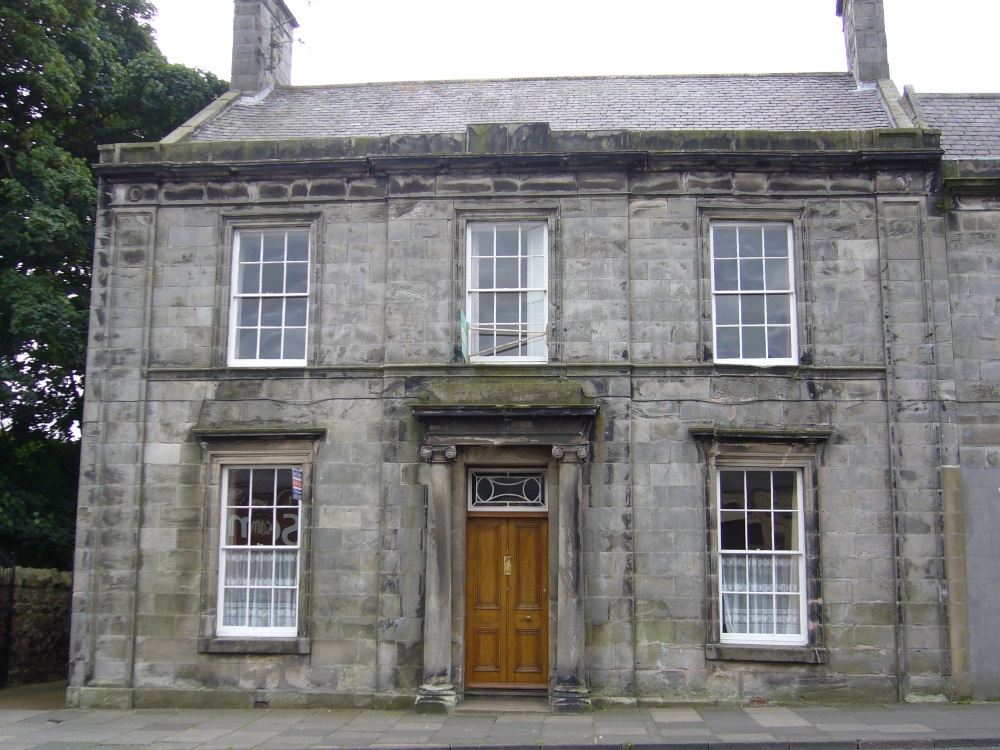
Cardinal Rules
Repair is good
Building conservation is a branch of environmental protection and sustainability. The SPAB Approach is that repair is better than replacement, saving embodied materials and energy. A repair can offer a perfectly serviceable long term solution. Decay is rarely uniform and repair can allow the undamaged parts to remain. An old window with 20% new timber is better for the environment and our history than a new window with 100% fresh timber. It should also allow characterful old glass to survive. Read the SPAB Approach in full.
Make sure materials are compatible
New, innovative building products can be valuable, but historic buildings are not generally the place where they should be tested. Avoid ‘miracle cures’ for problems such as damp. Improving an old building’s energy performance may be a laudable aim, but the potential for side effects is great if incompatible materials are used.
Good new design
Where a strong and justifiable case exists for a change or addition, sympathetic new design offers the best approach. This requires good design advice and a thoughtful choice of materials. Give particular consideration to junctions between new and old and to the ease of future maintenance.
Practical Guidelines
Settle in before making big changes
A vacant house offers an opportunity to tackle problems without upheaval to occupants, but avoid the temptation to do too much, too fast. A period of occupation often brings realisation about what’s necessary to change and what’s not important. Scaling-back plans can save money and lessen the impact on the building.
Deal with the boring things first
Kitchens, bathroom and decorative works may be most fun, but they should be bottom of your list. Fixing the roof and making sure the gutters, drains and electrics work will provide you with a sound basis from which to make other changes.
Scratches and Witches
Loving the lumps and bumps is all part of old building ownership. Appreciate them as part of the building’s character and history and avoid erasing them for the sake of tidiness. The same goes for old repairs which may offer insights into the lives of past occupants and shows the building has been cared for. Think too about witches! Old surfaces often carry superstitious markings designed to ward off bad spirits. Protection too was offered by witch bottles and other concealed objects. These were real concerns for our ancestors and this fascinating history is often embodied in old houses.
Get involved but know your limitations
The SPAB has always encouraged a hands-on approach. There is no better way to get to know your building than through practical work. However, it is important to know the limitations of your own skills, to consider safety issues, and to get training if you are unsure. The SPAB runs practical conservation courses. If you are trying out new skills for the first time, choose an inconspicuous area or a less sensitive structure on which to practice. If in doubt, call on an experienced craftsperson.
Enjoy it!
An old building deserves to respected and cared for, but it should be enjoyed rather than revered.
Research and understanding
Research and understanding
Understanding an old building includes knowing how it’s put together and what it’s made from, as well as the uses it’s had over time and the changes previous owners have made. Combine this with background research, advice from organisations like the SPAB, and knowledge from neighbouring owners and a rounded picture of the building should emerge. This will help shape your ideas about care of the building and where change (if needed) may be justified.
Don’t count on grants
Grants for private owners were once relatively common. They are now rare and should not be counted on. Approved alterations to listed building were, until quite recently, zero-rated for VAT, but all works are now taxed.
Don’t ignore consents and other statutory requirements
Planning consents and building regulation requirements should always be adhered to. This is particularly so in the case of listed buildings. If you buy a listed building that has been altered without permission you inherit the liability and enforcement action could be taken against you. If you alter or demolish a listed building without permission you could be prosecuted. Even if this work is not discovered at the time it occurs, it may emerge at a future point when you come to sell and cause difficulties. Some councils no longer have conservation officers, and where they exist a fee for pre-application discussions is sometimes charged, but early advice can save much time and expense at a later stage. Historic England now offer some ‘paid for’ advisory services.
Listing does not automatically stop you making changes: it ensures that what you propose is given careful consideration. Obtaining consent takes time, so don't leave it until the last minute. Find out more about planning regulations related to listed buildings.

